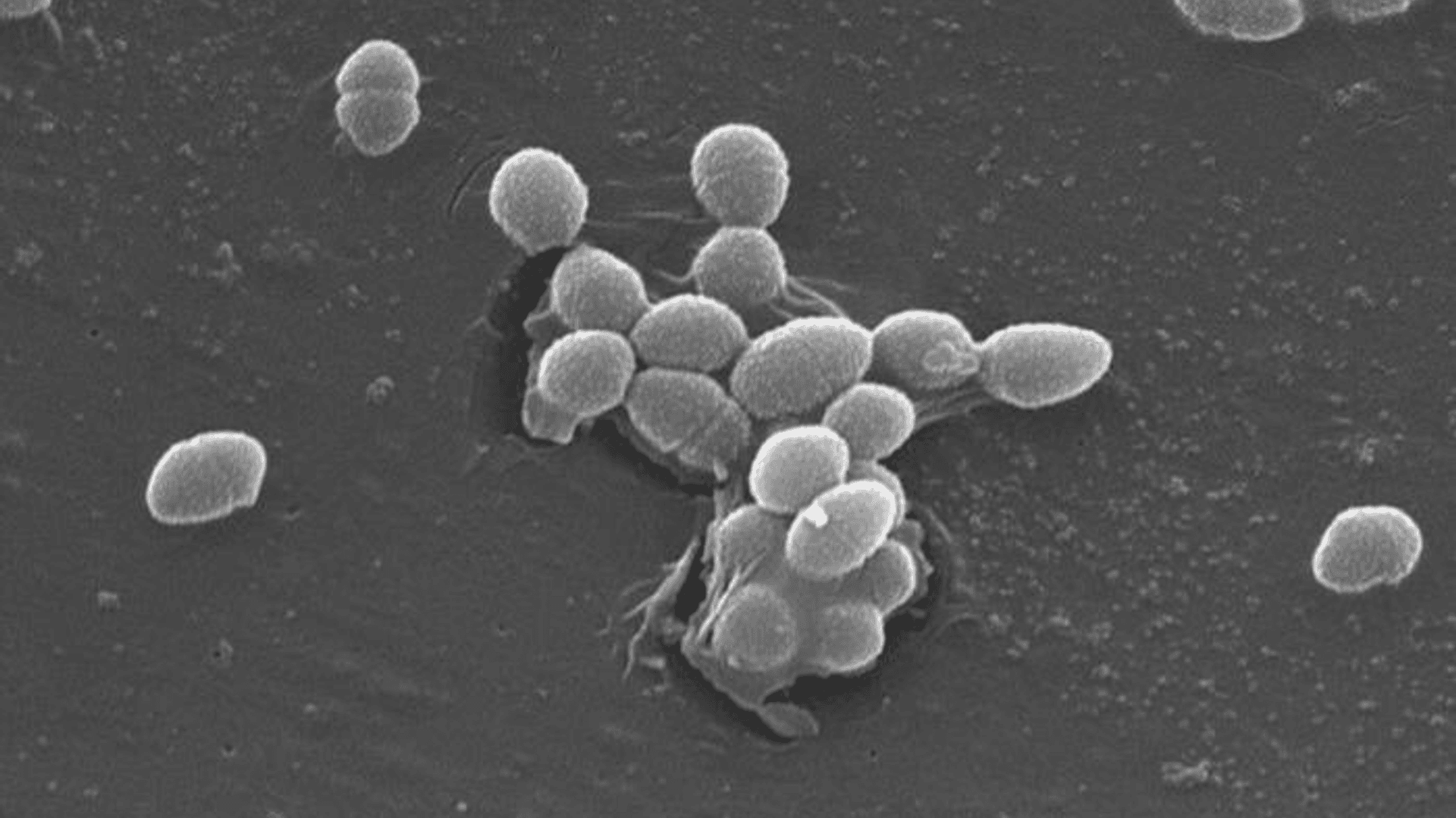Enterococcus faecalis (E. faecalis)

Enterococcus faecalis (E. faecalis),until the year 1984, was classified as a Streptococcus faecalis. It is a Gram-positive coccus, and facultative anaerobic belongs to the lactic acid bacteria group. It is primarily present in the GI tract of humans, animals, and the environment. As a commensal bacterium, it lives harmlessly in the healthy human gut. It is commonly used as a probiotic i.e. However, E.faecalis could spread to the other parts of the body, causing infections. The bacterium can survive extreme environments such as acid and alkaline. Hence the E.faecalis antimicrobial resistance to antibiotics, both intrinsic and acquired, has become increasingly common. The resistance is mainly directed to vancomycin. Exterminating the bacterium from the human body could be tricky. E.faecalis is easily transferred via physical contact from person to person and also via contact with contaminated surfaces. Proper hand-washing techniques and a fibre-rich diet play an essential role in not becoming disease-causing members of the community. E.faecalis is listed as a HIGH priority on the list of antimicrobial pathogens published by the World Health Organization (WHO).
In the Enterococcus faecalis database, you will be able to find the genomes of the species and, corresponding to them, metadata with relevant information about the pathogen source.
Data repositories
External resources
- Latest publication in Cristin
- Ongoing projects listed in Prosjektbanken

